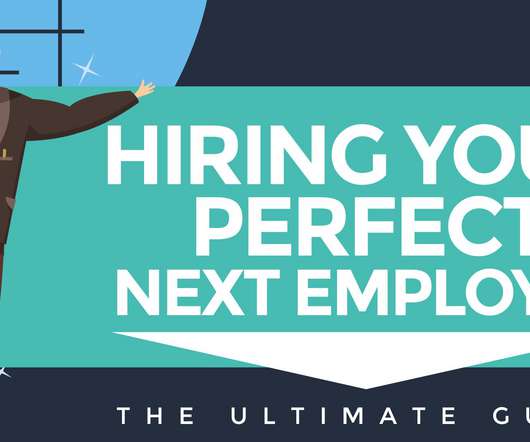How to Hire Employees: The Ultimate Guide
ApplicantStack
SEPTEMBER 28, 2021
Step #1: Create a Job Description. Step #3: Post the Job. Step #5: Schedule Interview. Step #6: Conduct Interview. Step #9: Offer the Job. Step #10: Hire and Onboard. Check with other managers and interview employees. Step 1: Create a Job Description. Step #4: Initial Screening.















Let's personalize your content